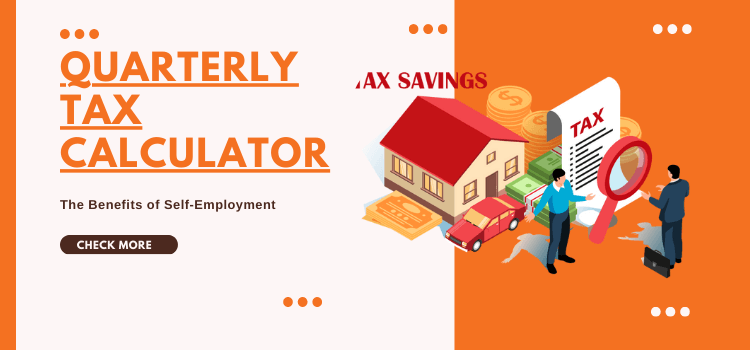Knowing that tax season might be challenging can help you as a freelance architect or interior designer. Running your own company requires filing taxes, but understanding the tax law and ensuring that you are getting the most out of your tax deductions may be challenging. In this post, we will explore the numerous tax deductions that are accessible to independent architects and interior designers. We will also talk about typical obstacles to maximizing tax savings and submitting taxes.

Gaining the Most Tax Savings
Maximizing their tax savings is one of the most difficult tasks that independent architects and interior designers must do. They often don’t know about the deductions they are eligible for, which is the main cause of this. Your tax burden may be decreased, allowing you to save as much money as possible:
- Home office deduction: If you conduct your business from home, you may be entitled to a home office deduction. A percentage of your home expenditures, such as rent, mortgage interest, utilities, and internet, may be deducted as business expenses thanks to this deduction.
- Travel expenses: If you work as a freelance architect or interior designer, you may have to travel to meet with customers, vendors, or go to trade exhibits. Keeping track of your expenditures is important since many of them, including travel, food, and housing, may be written off as company costs.
- Any reasonable business expenditures are deductible for independent contractors. Keep a record of every penny you spend, even on things like software, office supplies, and magazine subscriptions for your sector.
Constraints on Increasing Tax Savings
Knowing what to deduct is one of the biggest obstacles that independent architects and interior designers have when seeking to optimize tax savings. Numerous independent contractors aren’t aware how to compute or whether they’re eligible for certain deductions. Additionally, keeping track of spending may be a time-consuming chore, particularly if you have to manage a variety of company expenses throughout the year.
The 1099 income calculator is one tool that might assist you in estimating how much tax your freelancing employment will cost. Use this calculator to estimate your taxes depending on your filing status, deductions, and exemptions as well as to enter your total 1099 revenue. To calculate your quarterly taxes, you may also use an estimated tax calculator, which might save you from paying taxes that are too low.
A self-employment tax calculator is yet another resource that may optimize your tax savings. Self-employment tax is a kind of tax that individuals who work for themselves must pay, and this quarterly tax calculator will help you figure it out. In general, both employers and workers contribute to Social Security and Medicare taxes.
You may use these tools to more efficiently arrange your deductions and understand your tax situation.
Creating tax returns
If you work as a freelancer, filing taxes might be difficult. For the sake of avoiding problems with the IRS, it is essential that you maintain precise records of your earnings, spending, and deductions. You may submit your tax returns more successfully by using the advice provided below:
- Maintain accurate records: Throughout the year, keep tabs on all of your income, outgoing costs, and deductions. If you want to be organized and ready to submit your taxes, set aside a specified day or time each week to update your records.
- Think about hiring a tax expert: Freelance architects and interior designers may benefit from engaging a tax expert to assist them understand the tax rules and make the most of their deductions. Your quarterly taxes can be calculated, your tax returns can be filed accurately, and you can keep track of your deductible costs with the aid of a professional.
- Recognize the deadlines: If you work as a freelancer, you could be obligated to make quarterly estimated tax payments. To prevent underpayment penalties, it is important to comprehend the deadlines.
Conclusion
It might be difficult for independent architects and interior designers to maximize tax savings and file taxes. However, you may reduce your tax burden and simplify the filing process by being aware of the deductions you are eligible for, using tax calculators, and maintaining proper records. If you want assistance navigating the tax system and making sure your returns are proper, think about hiring a tax expert. These actions will help you protect your money, score tax deductions and maintain the efficiency of your freelancing company.






Leave a Reply